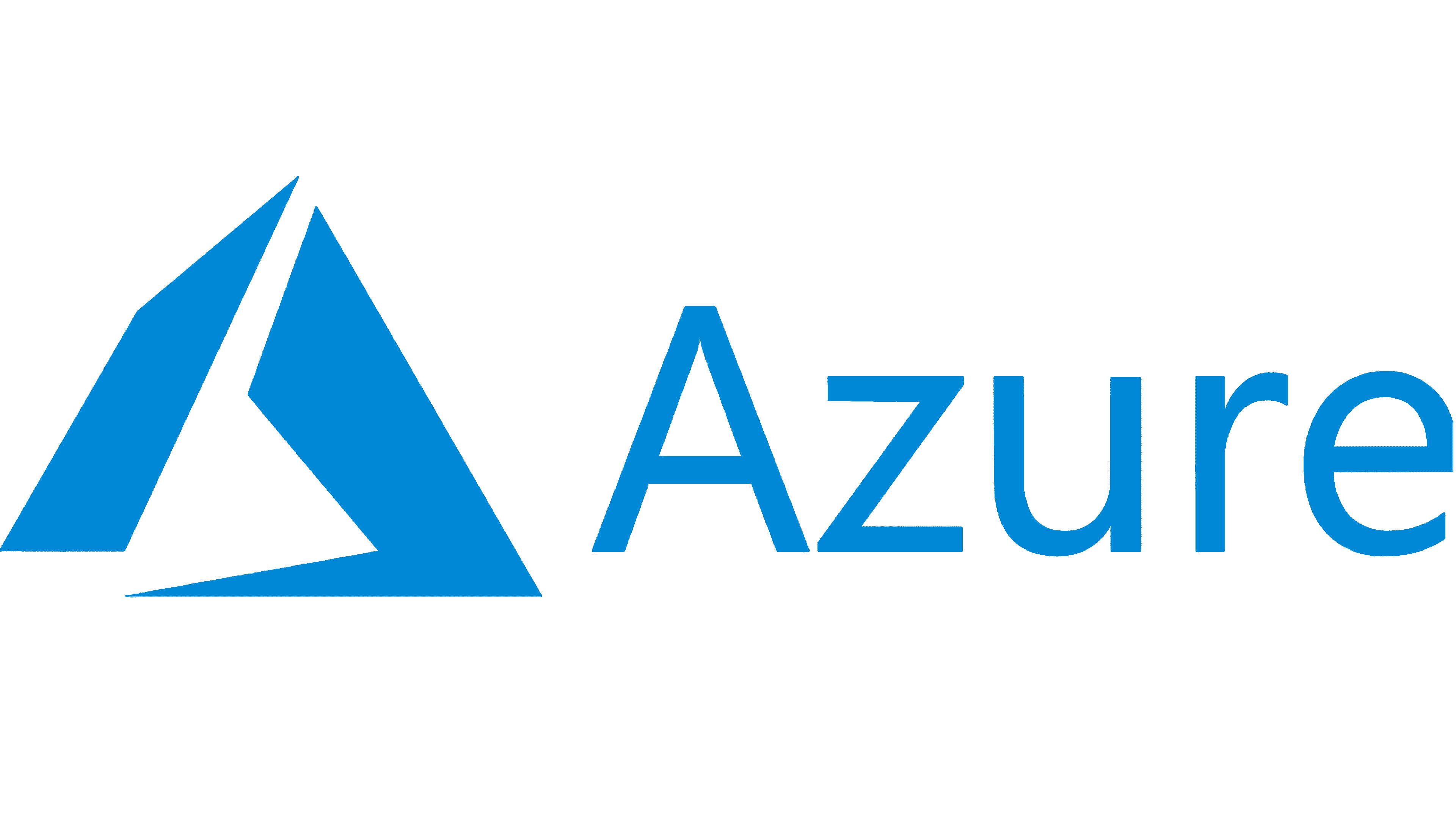5+
Times per day deployment frequency in all pre-production environments
5 days to 15 minutes
Reduction in week-long tenant provisioning
~90%
Drrop in certificate management work
Background
Our client is a global management consulting firm known for helping leading organizations solve complex business challenges through strategic insight, innovation, and digital transformation. With a presence in over 50 countries, they serve Fortune 500 companies, governments, and nonprofits across industries. As part of its commitment to driving next-generation solutions, they invest heavily in emerging technologies, including AI and cloud. Their innovation unit focuses on building advanced digital products and AI-powered platforms to help clients achieve scalable, data-driven outcomes. This combination of deep industry expertise and cutting-edge technical capability makes them a key player in shaping the future of business and technology.
Challenge
The goals of this project were to increase release velocity of a legacy application that had been recently refactored to use per-tenant containers rather than a multi-tenant monolith backend. The issues present were: Releases were manual and taking hours to build Deployment of the code was not automated and prone to failure Deployments lacked proper integration to AWS services (RDS, S3, SSM Parameter store) Tenant deployments were manual and complex. Certificates were causing a significant amount of issues due to provisioning with a 3rd-party vendor that needed manual work.
Approach
Analyze the current skill set of the dev team and operational maturity. Talked to the infrastructure team and discovered the rules of engagement for the operational system Analyzed the build stages to find ways to optimize out the delays Fully mapped out the tenant provisioning requirements
Key results
Benefits
Upon completion, the client benefited from: Increased deployment frequency from weekly to 5+ times per day in all pre-production environments Rapid provisioning of new tenants within minutes (excluding CAB process) Fully automated certificate management Centralized system functions via the Azure DevOps console
Technology partners

